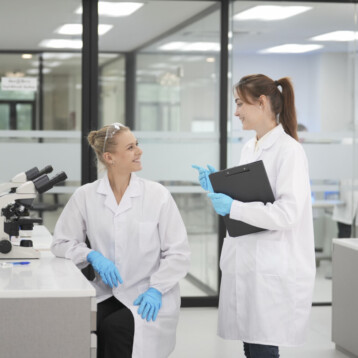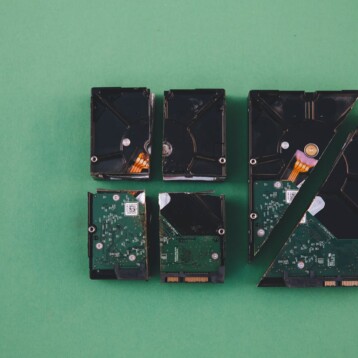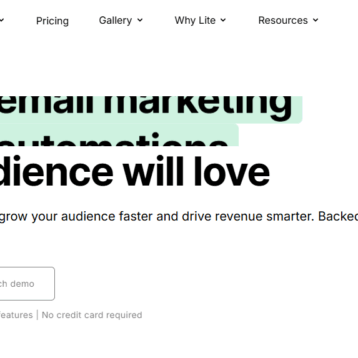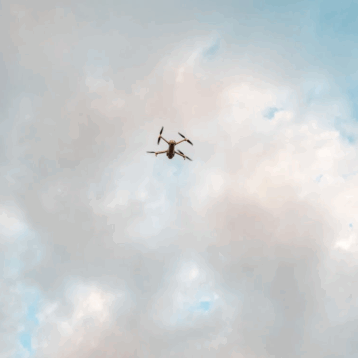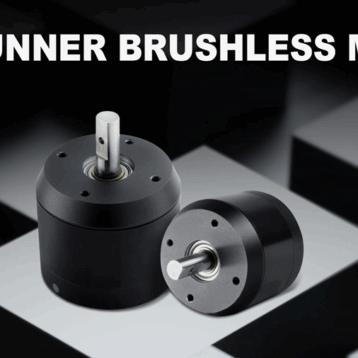
The field of dentistry has evolved significantly in recent years, thanks to groundbreaking technological
advancements. From digital imaging to AI-powered diagnostics, these innovations are revolutionising
how dental care is provided. Modern technology not only enhances treatment accuracy but also improves patient comfort, speeds up procedures, and makes dental visits less stressful. Today, many local dentists are adopting these advanced tools to deliver superior care to their patients. This read will explore the latest technology used by dentists and how it is shaping the future of oral healthcare.
1. Digital Imaging and 3D Scanning
Traditional dental X-rays have been a staple in dentistry for decades, but they come with limitations, such as high radiation exposure and long processing times. Digital imaging has transformed this aspect of dental care by offering faster, safer, and more accurate results.
Digital X-rays
These reduce radiation exposure by up to 90% compared to traditional X-rays, making them much safer
for patients. They also provide instant images, eliminating the need for film development and speeding up diagnosis.
Intraoral Scanners
Intraoral scanners are advanced devices that create high-precision 3D models of a patient’s teeth,
replacing traditional moulds that can be uncomfortable and messy.
CBCT (Cone Beam Computed Tomography)
This technology provides detailed 3D imaging, allowing dentists to diagnose complex dental issues such
as root canal infections, impacted teeth, and bone loss with unparalleled accuracy.
By using these digital tools, local dentists like SmileHub Balbriggan can offer more precise diagnoses and create highly customised treatment plans for their patients.
2. Laser Dentistry
Laser technology has been a game-changer in modern dentistry, enabling painless and more efficient
treatments for various dental conditions.
Soft Tissue Lasers
These are used for gum reshaping, removing overgrown tissue, and treating gum disease without the need for scalpels or sutures. The procedure results in minimal bleeding and faster healing times.
Hard Tissue Lasers
These lasers can be used to detect cavities early, remove decayed tooth material, and prepare teeth for
fillings without the need for traditional drills.
Teeth Whitening
Laser technology is also used in professional teeth whitening treatments, helping to break down stains
more effectively than traditional methods.
The biggest advantage of laser dentistry is that it minimises discomfort, reduces the need for anaesthesia, and promotes faster healing.
3. AI and Digital Dentistry
Artificial intelligence (AI) is also playing an increasingly important role in dental care, assisting dentists
in diagnosis, treatment planning, and patient communication.
AI-powered Diagnostics
These systems can analyse X-rays and detect cavities, gum disease, and even early signs of oral cancer
with high accuracy. AI helps dentists identify issues that may be missed during a manual examination.
AI-enhanced Treatment Planning
AI assists in orthodontic treatments, such as Invisalign, by predicting tooth movement and optimising
aligner adjustments.
Virtual Assistants and Chatbots
Many dental clinics now use AI-powered chatbots to answer patient queries, schedule appointments, and provide post-treatment care instructions.
By integrating AI, dentists can improve diagnostic accuracy and streamline patient care, making
treatments more efficient and personalised.
4. CAD/CAM Technology for Same-Day Restorations
Traditionally, getting a crown, bridge, or veneer required multiple visits to the dentist. However, with
Computer-Aided Design/Computer-Aided Manufacturing (CAD/CAM) technology, this process can now
be completed in just one appointment.
CEREC (Chairside Economical Restoration of Esthetic Ceramics)
This system allows dentists to design, mill, and place a dental restoration on the same day. A digital scan
of the patient’s tooth is taken, and the restoration is created in minutes using a 3D milling machine.
Better Aesthetics and Fit
Since CAD/CAM technology uses precise digital impressions, the final restorations fit better and look
more natural compared to traditional methods.
Patients benefit from fewer appointments, reduced waiting times, and durable, high-quality dental
restorations.
5. Teledentistry and Remote Consultations
Teledentistry has gained popularity in recent years, especially following the COVID-19 pandemic. It
allows patients to consult with dentists remotely, making dental care more accessible and convenient.
Virtual Consultations
Patients can discuss their concerns with a dentist via video calls, receiving expert advice without leaving
their homes.
Remote Monitoring
Many dentists now use mobile apps and smart devices to monitor orthodontic treatments, such as
Invisalign, reducing the need for frequent in-office visits.
Teledentistry is particularly beneficial for individuals in rural areas or those with mobility issues who may
find it difficult to visit a dental practice in person. By leveraging digital communication, dentists can
provide timely advice and support while reducing the need for unnecessary clinic visits.
6. Smart and Biocompatible Materials
The materials used in dental treatments are becoming smarter and more biocompatible, leading to better
patient outcomes.
Bioactive Fillings
These fillings release fluoride and other minerals that help strengthen tooth enamel and prevent decay.
3D-Printed Dental Implants and Prosthetics
3D printing technology is now used to create highly customised dental implants, dentures, and prosthetics with exceptional precision and fit.
Nanotechnology in Dentistry
New coatings infused with antimicrobial properties help prevent infections on dental implants and braces, improving oral health.
These advancements ensure that dental treatments are not only more durable but also contribute to long- term oral health.
7. Robotic-Assisted Dentistry
While still an emerging dentistry technology, robotics is starting to play a role in dental procedures, particularly in complex surgeries and precision treatments.
Robot-Assisted Implant Surgery
Robotic systems help dentists place implants with extreme precision, reducing the margin of error and
improving long-term success rates.
Automated Root Canal Procedures
Some robotic systems assist in performing root canals with greater accuracy, reducing patient discomfort and improving outcomes.
As robotic technology continues to develop, it is expected to become a valuable tool in both surgical and
non-surgical dental procedures.
The Takeaway
The integration of advanced technology in dentistry is making dental care more efficient, comfortable,
and accessible. From digital imaging and AI-powered diagnostics to laser treatments and robotic-assisted procedures, these innovations are transforming the way dentists diagnose and treat oral health issues.
For patients, these technologies mean less discomfort, faster recovery times, and more precise treatments. For dentists, they enable better decision-making, improved accuracy, and streamlined workflows. As technology continues to evolve, the future of dentistry promises even more advancements that will further enhance patient care.
If you’re looking for high-quality dental care, consider choosing a practice that embraces these modern
technologies. Not only will it improve your experience, but it will also ensure you receive the most
effective and up-to-date treatments available.


